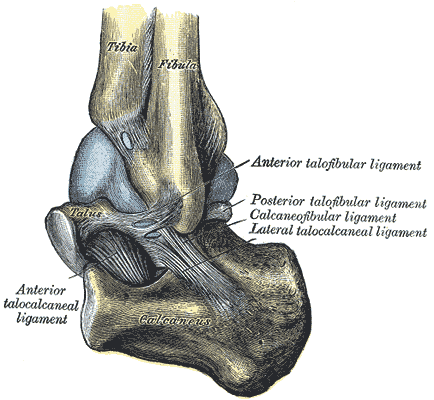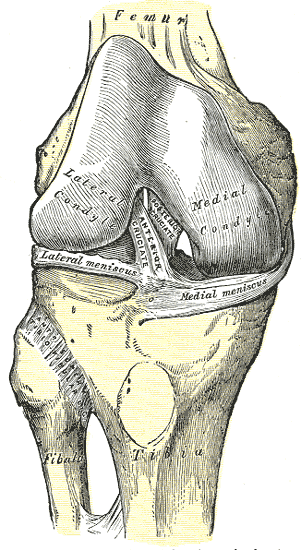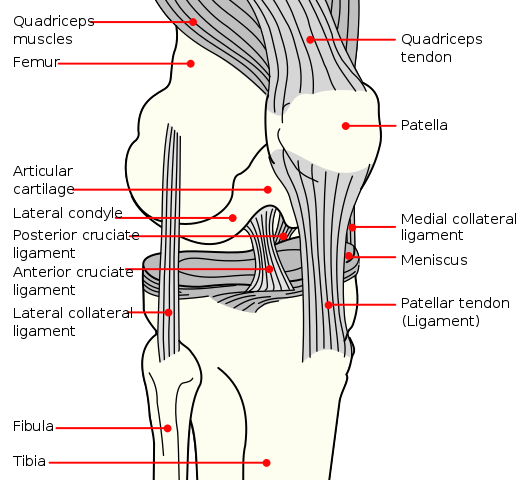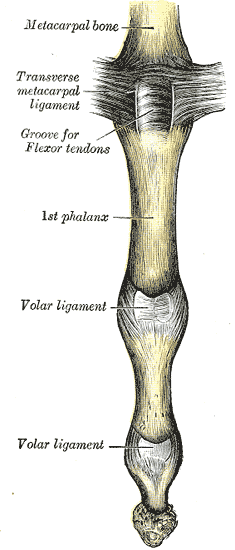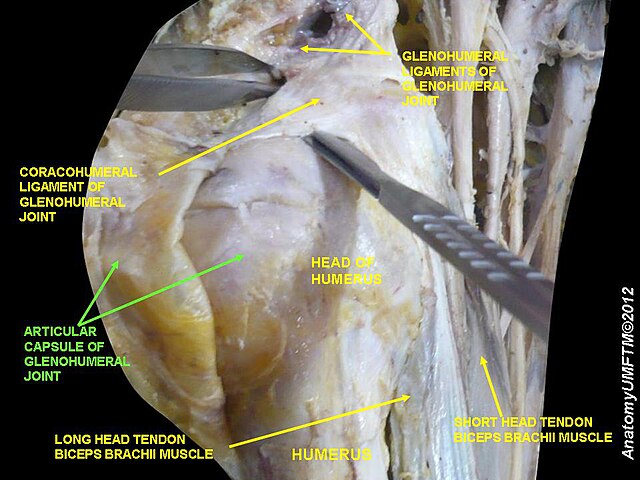We just learned about the Transverse Tarsal Ligaments.
Another group of ligaments in the foot is the Distal Intertarsal Ligaments.
Just like the transverse tarsal ligaments, these connect the foot bones in your foot together.
Even though your foot is not that big, there are seven bones from your heel to the middle of your foot, and that doesn't even include the longer bones in your foot that connect to your toes!
The distal intertarsal ligaments connect the bones that are past your heel and your main foot bone. The 3 cuneiform bones, the navicular bone and the cuboid bone are the smaller bones right before the longer metatarsal bones in your foot.
They are named for plantar (bottom), dorsal (top) or inter/interosseous (in between).
Cuneonavicular - Connects your cuneiform to navicular. (plantar and dorsal)
Cuboideonavicular - Connects your cuboid to navicular. (plantar and dorsal)
Intercuneiform - Connects your 3 cuneiform bones together. (plantar, dorsal and interosseous)
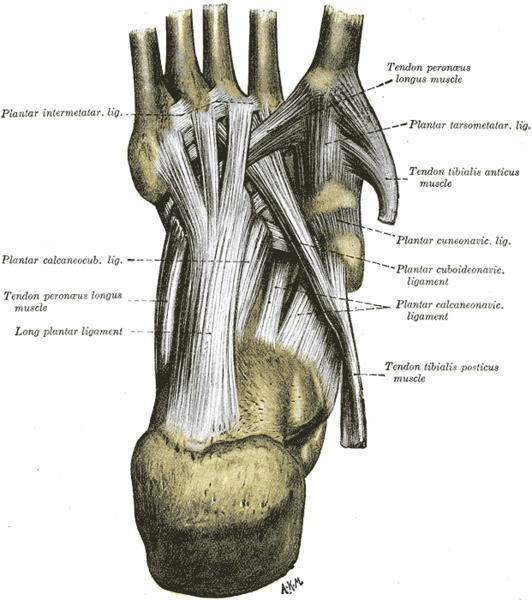
(from: wikipedia - plantar calcaneonavicular)
Kid Facts - Blast from the past: Hypodermis


